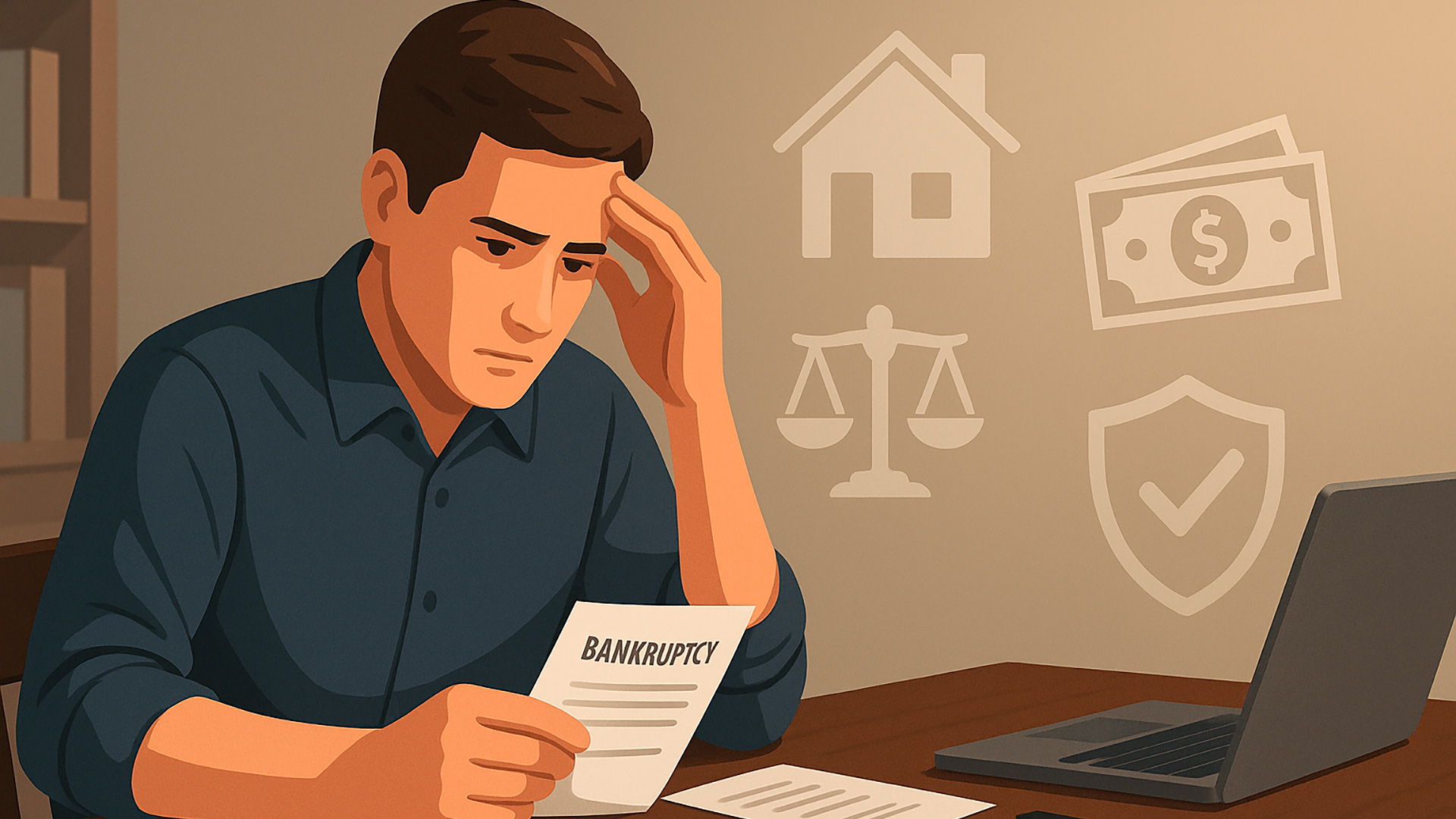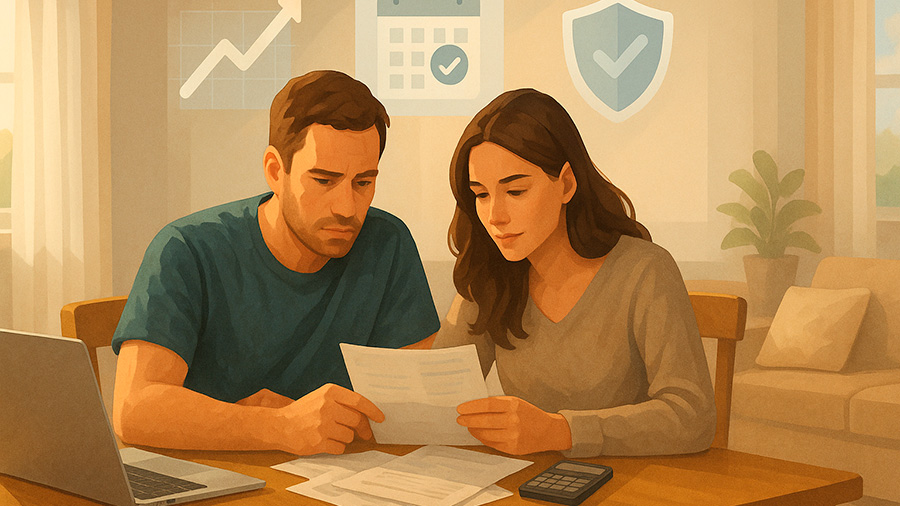A Practical Review of Managing Credit and Debt After Bankruptcy

When people hear the word “bankruptcy,” they often imagine the end of financial opportunity. In reality, it is a structured process designed to provide relief and allow individuals to rebuild their financial lives. Among the different forms of bankruptcy in the United States, Chapter 13 is one of the most common, especially for people who still have steady income but need help restructuring their debt. We’ll explore how Chapter 13 works, how it affects everyday financial choices, and why understanding rules such as Chapter 13 expense limits is crucial for recovery. We’ll also look at how different age groups can navigate bankruptcy, common mistakes to avoid, and strategies to regain creditworthiness in the years following.
Understanding Chapter 13 Bankruptcy
Unlike Chapter 7, which wipes out most unsecured debt, Chapter 13 sets up a repayment plan lasting three to five years. This allows borrowers to catch up on mortgages, car loans, and other obligations while keeping valuable assets. The court oversees the plan, and strict budgeting guidelines come into play. This is where Chapter 13 expense limits become relevant, as they define how much a debtor is allowed to spend on categories like housing, food, and transportation. These limits are not random—they are designed by the IRS and used by courts to ensure repayment plans are realistic yet fair to creditors. Knowing how these expense standards work helps individuals understand why some budgets feel tight during bankruptcy but also why discipline now leads to stability later.
Generational Perspectives on Bankruptcy
Bankruptcy doesn’t impact everyone equally. Young adults might see it as a setback early in their financial journey, while older adults may find it harder to recover due to fewer working years left. Yet across all generations, the need for clear information and careful budgeting is the same. The discipline required under Chapter 13 can actually become a life-changing financial education.
How Different Age Groups Cope
- Gen Z: Short credit histories mean quicker recovery, but discipline is key.
- Millennials: Often dealing with student debt and housing expenses; Chapter 13 forces structured repayment.
- Gen X: Managing family, mortgages, and career transitions; balancing these during repayment is challenging.
- Baby Boomers: Facing medical debt or retirement strain, and Chapter 13 may limit flexibility more than for younger groups.
Common Mistakes During Chapter 13
Many debtors fail to complete repayment plans because they underestimate the demands of bankruptcy. Avoiding these mistakes makes survival easier.
Frequent Errors
- Ignoring Chapter 13 expense limits and overspending on non-essentials.
- Failing to set aside emergency funds for unexpected costs.
- Not reporting income changes promptly to the trustee.
- Applying for new credit without court approval.
- Overlooking small bills, which can create new debt outside the plan.
Reviewing How Expense Limits Work
Expense limits may feel restrictive, but they create structure and prevent debtors from falling into old habits. Courts use IRS guidelines, which vary by household size and geographic location. Housing costs in New York, for example, are treated differently than in rural states. Transportation, medical expenses, and food budgets are also capped. These standards may not always reflect real-world costs, but they provide a baseline for repayment plans.
| Category | Expense Limit (Example) | Impact on Budget |
|---|---|---|
| Housing & Utilities | $1,200 per month | Forces families to cut unnecessary bills |
| Food & Household Supplies | $700 per month | Encourages meal planning and frugality |
| Transportation | $500 per month | Limits car upgrades and fuel costs |
| Medical Expenses | Case-specific | Allows adjustments for ongoing health needs |
Credit Recovery After Chapter 13
One of the most important questions borrowers ask is: what happens after repayment is complete? While Chapter 13 stays on credit reports for seven years, lenders begin to reconsider borrowers long before that if they see steady progress. Completing a repayment plan proves responsibility, and lenders know this. In fact, some creditors consider successful completion of Chapter 13 a stronger signal of trustworthiness than a fresh discharge under Chapter 7, since it demonstrates commitment to repayment.

Strategies for Rebuilding
- Apply for secured credit cards once repayment is stable.
- Pay all bills—including utilities—on time to establish consistency.
- Check credit reports annually to verify that discharged debts are properly updated.
- Use small personal loans or credit-builder loans to show positive borrowing activity.
Comparing Post-Bankruptcy Options
For those coming out of Chapter 13, the landscape of financial products looks different. Some lenders specialize in post-bankruptcy consumers, while premium credit cards remain harder to access. Still, recovery is possible with the right approach.
| Option | Accessibility After Chapter 13 | Best Use |
|---|---|---|
| Secured Credit Cards | High | Ideal for rebuilding with small limits |
| Retail Credit Cards | Moderate | Useful but risky if overspent |
| Credit-Builder Loans | High | Designed for positive reporting |
| Unsecured Cards | Low to Moderate | Possible after several years of good behavior |
Chapter 13 as a Learning Opportunity
Although challenging, Chapter 13 teaches discipline. Many people emerge with better budgeting habits, stronger awareness of spending, and a renewed commitment to financial health. The limits imposed by the court may feel rigid, but they prevent old mistakes from reappearing. In this way, Chapter 13 expense limits are not just restrictions—they are lessons in sustainable living that can last long after bankruptcy ends.
Bankruptcy may seem like the end, but for many, it is the beginning of a more disciplined financial life. Chapter 13, with its structured repayment and expense guidelines, provides both accountability and education. While the concept of Chapter 13 expense limits may frustrate debtors, these boundaries serve as stepping stones toward lasting stability. By avoiding common mistakes, following repayment plans, and gradually rebuilding credit, borrowers can transform bankruptcy from a painful setback into a powerful opportunity for growth. Every age group—from young adults to retirees—can learn valuable lessons from this process. The journey may be long, but with patience and discipline, financial confidence can be fully restored.
